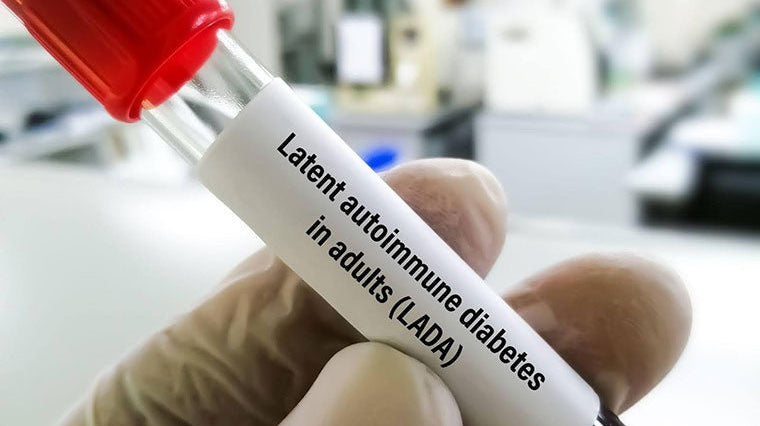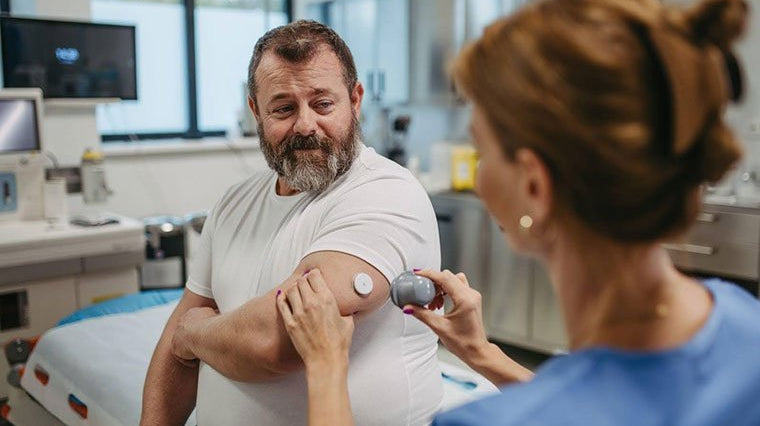News
The Link Between Overactive Bladder, Falls, and Fractures
Overactive Bladder (OAB) is a condition that causes sudden urges to urinate, frequent urination during the day, waking up at night to urinate (nocturia), and sometimes leakage (urge incontinence). OAB affects a large number of men—about 36% over the age of 40, according to European studies. The symptoms of OAB can worsen with age and significantly reduce quality of life by interfering with sleep, social activities, and daily routines.
Scrotal Edema and Urinary Incontinence: Exploring the Link and Causes
Scrotal edema and urinary incontinence are two medical conditions that may seem unrelated at first, but in some cases, they can occur together and signal more serious underlying health issues.
Managing Urinary Incontinence And Latent Adult Onset Diabetes
Latent Autoimmune Diabetes in Adults (LADA) is a distinct form of diabetes that exhibits autoimmune destruction of pancreatic β-cells, similar to type 1 diabetes (T1D), but with a slower progression and adult onset. Unlike T1D, LADA patients are typically not insulin-dependent at diagnosis and may initially be misclassified as having type 2 diabetes (T2D) due to overlapping metabolic features.
Urinary Incontinence and Type 2 Diabetes: A Deeper Look at the Connection
Urinary incontinence (UI)—the involuntary leakage of urine—is a distressing and often underreported condition that significantly impairs quality of life in men. Among individuals with Type 2 diabetes mellitus (T2DM)—a chronic metabolic disorder primarily affecting adults—UI is emerging as a prevalent yet frequently underdiagnosed complication. While clinical focus in T2DM has traditionally centered on neuropathy, cardiovascular disease, and glycemic control, its impact on lower urinary tract function has remained relatively overlooked.
Urinary Incontinence and Type 1 Diabetes: A Deeper Look at the Connection
Urinary incontinence (UI), defined as the involuntary loss of urine, affects a significant number of men, with prevalence ranging from 11% in those aged 60–64 to over 30% in older age groups. Despite its high impact on quality of life, only a minority of men seek treatment, and many report persistent frustration with leakage despite intervention.¹ Type 1 diabetes mellitus (T1DM), a chronic autoimmune condition primarily affecting younger individuals, has been increasingly linked to urologic complications such as UI.
Drug-induced Urinary Incontinence
Urinary incontinence (UI) is the involuntary leakage of urine, and while it’s often associated with aging, it is not a normal or inevitable part of growing older. In men, it can result from prostate problems, nerve damage, or bladder muscle dysfunction—but what many don’t realize is that certain medications can also cause or worsen UI.
Why Improving Incontinence Car Can Slow CNA Turnover
Urinary incontinence (UI) remains a prevalent and often under-addressed challenge in nursing homes, affecting both residents and frontline caregivers.
Case Managers & Arranging Incontinence Products When Leaving Hospitals in the UK
Male urinary incontinence is a deeply personal health issue that can be amplified during or after a hospital stay. In the UK, the discharge process for such patients includes a robust support system coordinated by the National Health Service (NHS), aiming to ensure continuity of care. Unlike in the USA, where access to incontinence products can hinge on insurance coverage, the UK model is need-based and centrally managed. Still, awareness of how to navigate the system is essential for caregivers of male patients, particularly older adults, to secure necessary continence support after discharge.
Comparing Healthcare Associated Infections Costs (HAIs). Why Is America So Expensive?
Healthcare-associated infections (HAIs), also known as hospital-acquired infections (HCAIs), are infections that develop during the course of medical treatment in hospitals or other healthcare settings.
Functional Disorders of the Lower Urinary Tract in Parkinson’s Disease: A Guide for Male Patients
Parkinson’s disease (PD) is an extrapyramidal neurological disorder primarily recognized for its motor symptoms, such as tremors, rigidity, and bradykinesia. However, non-motor symptoms, including lower urinary tract dysfunction, are increasingly acknowledged as significant contributors to reduced quality of life. Research indicates that 57–83% of PD patients experience urinary storage symptoms, while voiding dysfunction affects 17–27% of individuals. Among these, nocturia is the most prevalent, impacting over 60% of patients, followed by urgency (33–54%) and frequency (16–36%).
Mixed Urinary Incontinence & Dermatological Issues in Male Patients
Mixed urinary incontinence (MUI) is a condition that combines stress incontinence (urine leakage due to physical exertion like coughing, sneezing, or lifting) and urge incontinence (a sudden, uncontrollable need to urinate). MUI is a significant issue in male patients, particularly those with a history of prostate surgery, neurological disorders, or aging-related bladder dysfunction.
ALS And Urinary Incontinence
Amyotrophic Lateral Sclerosis (ALS), also known as Lou Gehrig's disease, is a progressive neurodegenerative condition that primarily affects the motor neurons in the brain and spinal cord. This leads to a gradual loss of muscle control, resulting in muscle weakness, difficulty with movement, and challenges in speech.












